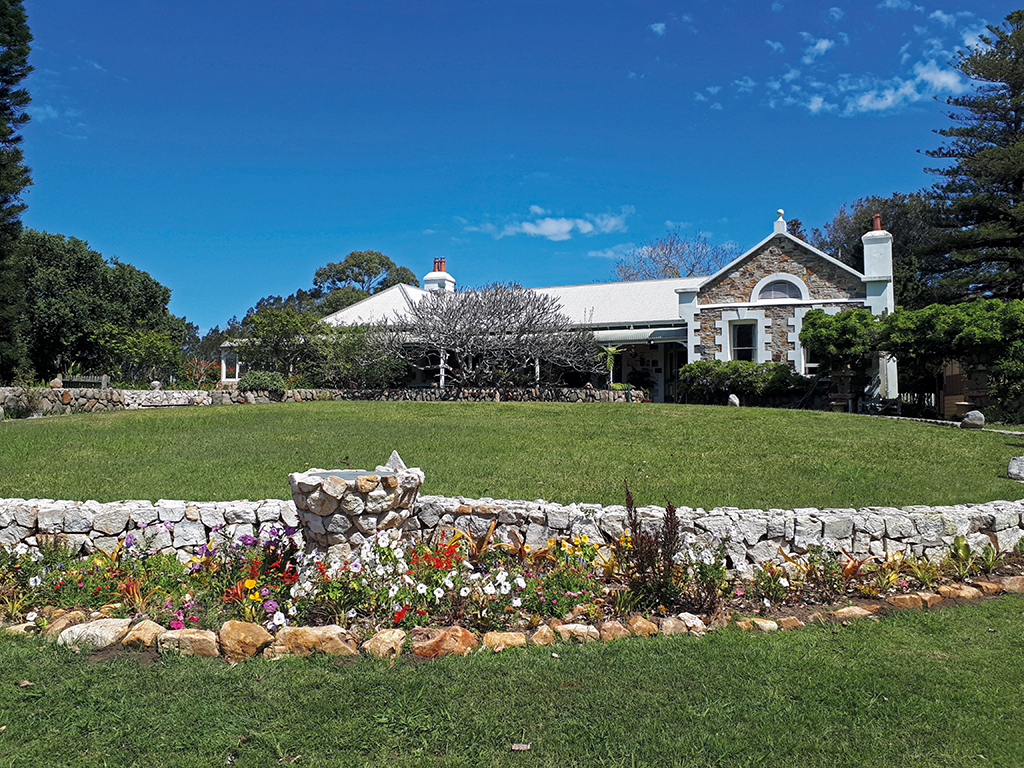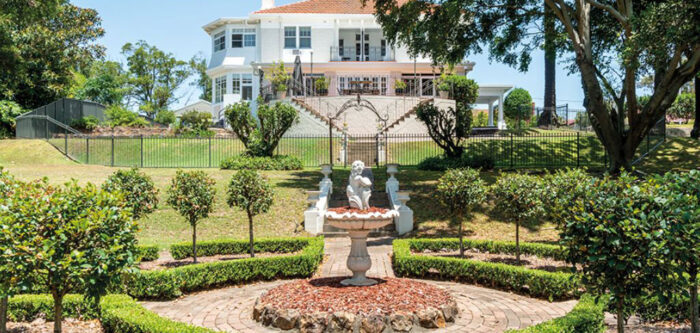
Labour of Love
It takes more than just good intentions to restore one of the region’s grandest convict-built homes to its former glory.
Some things in life are just meant to be. As a child, Glenn Short spent almost every weekend and vacation at his parents’ holiday home in Tanilba Bay. He grew up knowing of the “house on the hill”, a grand convict-built stone homestead perched at the top of Caswell Crescent overlooking the tranquil waters of the bay. At the time it looked “a little bit scary” with its dreadfully overgrown grounds and imposing manner, although in later years when his love of history emerged, the 1831-built Tanilba House became a much more appealing destination.
But if it wasn’t for his parents’ decision to put their own house on the market, Glenn might never have discovered that the historic house of his dreams was also looking for a new owner. “Everyone says things are meant to be,” Glenn said. “I grew up in Maitland and when I was young my parents built a holiday home in Tanilba Bay and I spent all my childhood there on weekends and holidays. also adding a conservatory and building the property’s ornate stone fences and adjoining stone “temple”.
It was said Henry had a vision for a flourishing township around Tanilba House, in line with the plan of his friend and renowned architect, Walter Burley Griffin (the man responsible for designing Canberra), who wanted to create “Port Stephens City” on a site directly across the bay from Tanilba in the area now known as North Arm Cove. This area had previously been shortlisted as the potential site of Australia’s capital, before Canberra was chosen in 1911.
Following Henry’s death the house was leased for many years by a religious sect, the Gospel Fishermen, before being leased and then purchased by Helena Oberland and her family in the 1960s, saving it from potential demolition.
Read more about this wonderful home in the Summer issue of Hunter&Coastal Lifestyle Magazine.
Story Michelle Meehan, photography Glenn Short



